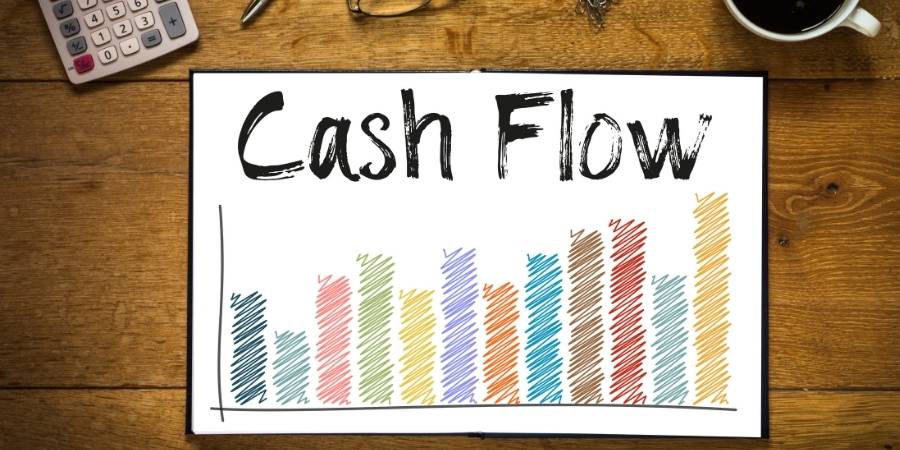Cash flow is routinely calculated by taking all cash receipts from operating activities and subtracting the expenses for that period. The difference between these two values is interpreted as the change in cash-on-hand at the end of an accounting period or how much money a business has left over (or not) at the end of each month. In addition to determining its available funds, there are several other ways managers can look at their company’s cash flow statement to better understand how it operates about other factors within a company.

How Cash Flow is Calculated
Cash Receipts
cash receipts are the amount of cash a company receives due to its operations or sales. In other words, this information is exactly what it seems to be: How much money did you take in? However, it is important to note that this information does not include any income from loans or changes in accounts receivable, as these are future values that have not yet been received. Identifying the source of cash receipts is easy if you know where to look. In most businesses, income is generated through sales; therefore, sales can be subtracted from cash receipts to determine the source of your company’s receipts (i.e., cash sales). Another common source of cash receipts is operational activities or service fees.
Pay Ground Rent(s)
Paying ground rent is a regular monthly expense necessary to keep the business open and to operate. This value is subtracted from cash receipts because it is an expense for the period, not an increase in funds. Paying interest payable is periodic interest accumulated from past debt/loans and must be paid in installments. Similar to paying ground rent, the interest payable is subtracted from cash receipts because it’s a paid-for value, not addition of funds. Other bank charges include all amounts received from other business or investment ventures (i.e., dividends), bank fees, and fines for overdraft accounts or late payments.
Cash Payments
Cash payments are the amount of actual cash spent on goods and services, internally or through payment of debts or other expenses. This represents a decrease in cash receipts, which is equal to the number of dollars paid out on goods sold, accounts receivable (credit card purchases), loans, notes receivable, or any other type of expense. If there are no outstanding debts, then this value is zero.
Changes in Accounts Receivable
Changes in accounts receivable is a reduction in the accounts receivable balance owing to the receipt of money from a customer for an item that had been previously paid for and was still unpaid at the end of each period.
Cash receipts are the amount of cash a company has during a period, but this is not the only value to focus on. Paying expenses is equally essential for any business. These expenses are subtracted from cash receipts, such as the cost of goods sold or stock bought in the period. You will also see the total payroll added at the bottom of the Cash Flow Statement. Cash expenditures are subtracted from cash receipts to determine how much money was spent throughout the period; however, this does not include any amount loaned or given as a gift (i.e., advances, interest payable).
Any amount that is paid in advance and will be billed later .increase in cash is equal to the combined cash receipts from operations and changes in account receivables. Cash at the end of a period is similar to the combined cash expenditures, namely payments for goods and services as well as interest payable. The difference between cash on hand at the beginning of a period and the cash on hand at the end of a period is calculated by adding up all increases and subtracting all decreases to determine the net change in cash during a period (i.e., increase minus decrease).
Cash flow is precisely what it sounds like – the amount of cash in a company at any given time. It’s also much more and can provide valuable information about how the business is running. This analysis can be extended to represent present and future changes in cash flow by comparing a particular period’s Cash Flow Statement to previous statements; this approach calculates the net difference over time. Suppose an increase in net change shows up consistently over successive periods. In that case, this can be interpreted as an indication that the business is growing and that its profits are increasing relative to expenses over time, which indicates a sustainable growth rate.

Final Verdict
Cash Flow is routinely calculated by taking all cash receipts from operating activities during a period and subtracting the total of cash expenses for that period. The difference between these two values is interpreted as the change in cash-on-hand at the end of an accounting period, or how much money a business has left over (or not) at the end of each month.
